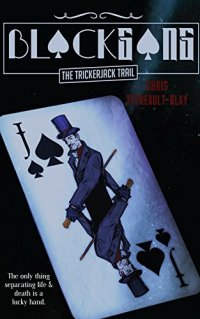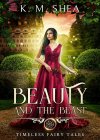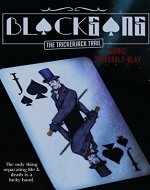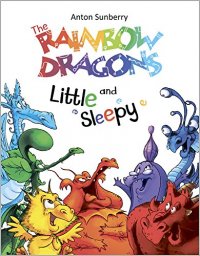Sight word acquisition is an important building block in the construction of a child’s ability to read. Once she is able to read all of the words on Dolch’s lists for example, she has access to up to 75% of what is printed in almost any piece of children’s literature. How exactly do teachers and parents help children develop their stores of sight words?There are several proven techniques that any adult can use to teach sight words. Whichever strategies are employed, the best success is seen when one adult with a small number of children at a time. The more one-on-one time a child has learning and practicing sight words with an adult, the greater his chances to integrating them into his long-term memory.
Teaching Sight Words With Pictures
Many learners think in pictures. Whether we realize it or not, we often visualize what we are attempting to learn to help solidify the information in our memories. Think about the last time you needed to get somewhere you hadn’t been before. Even if you used written directions instead of a pictorial map, you probably had a number of visual markers such as unusual sights or signs to help you learn how to get there. Presenting children with illustrations of sight words along with their print versions helps them make important connections between the object and the word. Flashcards or posters with a colorful picture and the word written under it are excellent sight word teaching tools. In addition, teachers or parents can have children draw their own pictures of each word on the same page to help them link the print with the visual.
Listening to and Saying Sight Words
Sight words are not only frequently used in writing, they are also essential to conversational English. Because most of the Dolch sight words are already in children’s verbal vocabularies , learning to read them is simply a matter of connecting the print word to the oral version in their prior knowledge banks. Parents and teachers should make explicit connections between the print version of a word and its sound. Pointing to a word while repeating it is one way to do this. Also, adults should have children say the sight words to help them become actively involved in their learning. This can be as simple as asking them to repeat a sight word while writing it or as involved as having the child search through a pile of sight words written on index cards or sentence strips to find a word that best completes a sentence you have written.
Teaching Sight Words Through Repetition
Children do not learn new words by being exposed to them only once. Repetition is key to sight word acquisition. Young readers should be given opportunities to read and write a new sight word multiple times. Repetitive reading of texts featuring certain sight words is one strategy for helping children commit these words to memory. Also, to practice spelling sight words, parents and teachers can have children write and say aloud words several times. When a child writes and says the word at least five times in a row, she is more likely to commit it to memory. To subtly help children mentally repeat sight words, parents or teachers can create Dolch word walls. As a new sight word is learned it is written in large print on a sentence strip or piece of paper and hung up on the wall in a location where the child is likely to see it often. Not only will repetitive glancing at the word reinforce it in the child’s memory, it is also easily accessible for the parent or teacher to refer to when talking with the child about it.
Sight Words in Context
When children see words used in natural ways rather than in isolation they are more likely to remember them because they develop an understanding of the word’s significance and meaning.
Wish your parents a happy, fruitful time with their dear children!
Free on 30th Jul 17 - 3rd Aug 17
![]()
C A T S: 100 INTERESTING FACTS (100 Interesting facts By Samson penkar)
Guppy Butter
The Mystery of the Pharaoh's Diamonds (Book 1): Ava & Carol Detective Agency: A Fun Middle G...
Reviews:
No reviews yet.
Third Party Reviews:
No reviews yet. Why not link one?
You can suggest a blog review here
<< Next post in Archived Books
Previous post in Archived Books >>
2017-07-19










